Eggshells are an affordable natural mineral fertilizer. Proper application of fertilizing improves the growth and fruiting of cultivated plants.

Composition and preparation of fertilizer
Eggshells are 93% calcium carbonate, the same substance is found in lime and chalk, but the organic substance is much more easily absorbed by plants. The egg shell contains valuable microelements - iron, zinc, magnesium, sulfur, manganese.
Calcium is one of the important elements for crop development. It improves the survival rate of seedlings, strengthens the root system, and improves fruit set. It is involved in the processes of plant absorption of other nutrients.
Shells that have not been subjected to heat treatment are more valuable, but they must be thoroughly washed and dried before use. During the cooking process, some of the beneficial substances are washed out. Fertilizer is used mainly in the form of flour. It is easy to grind the shells in a coffee grinder or using a blender.
You can achieve the same effect using an ordinary masher or hammer, filling a linen bag with shells. Lime powder should be stored in a wooden container or paper bag. It may become moldy in a plastic bag.
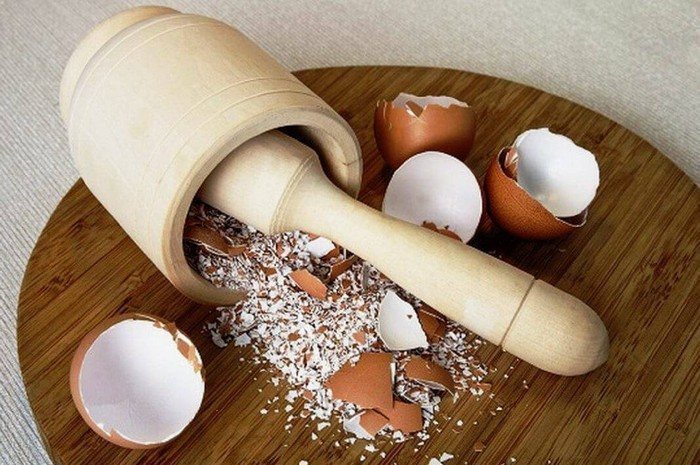
Improving soil fertility
The use of eggshells increases crop yields for several reasons:
- soil deacidification - applying fertilizing reduces the acidity of the soil, this has a beneficial effect on most plants;
- improvement of soil structure - crushed shells make the soil more loose and breathable, preventing the formation of a crust on the surface;
- Valuable microelements serve as food for plants.
Fertilizing with eggshells increases the immunity of crops and the ability to resist diseases and adverse weather conditions.
Fertilizer application methods
Eggshells are often used for autumn incorporation into the soil or mulching around the trunks of plants. Adding powder to the holes during planting has a beneficial effect on the growth of potatoes, tomatoes, onions and carrots. Some gardeners use chilled water from boiling eggs as a top dressing.
The fertilizer works most effectively in the form of a nutritious infusion for watering. To prepare the solution, take the shells of 5–10 eggs and pour 1 liter of boiling water. The jar is closed with a lid and placed in a dark place for 10–14 days, stirring occasionally. The readiness of the infusion is indicated by cloudiness of the water and the appearance of an unpleasant odor.
Before use, the solution is diluted with water in a ratio of 1:2. Fertilizer can be used simultaneously with the addition of wood ash or nettle infusion. In some cases, it is advisable to combine the application of eggshells with peat, which neutralizes its deoxidizing effect.
Eggshells make excellent drainage for indoor plants. In this case, it does not need much grinding. The shells are placed at the bottom of the pot, where they prevent stagnation of water and at the same time nourish the plants.
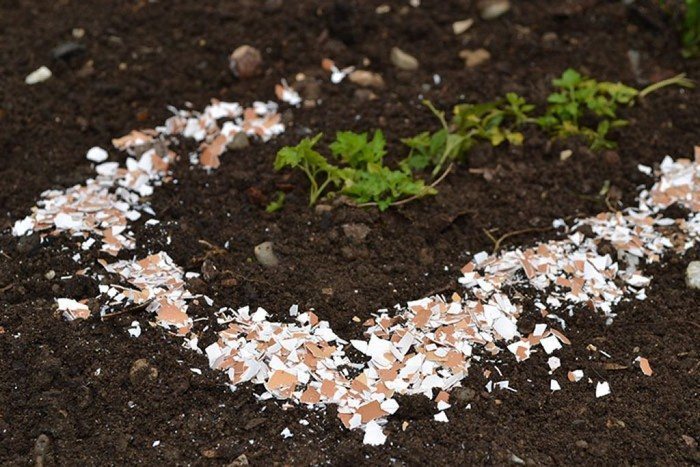
When using eggshells, you should use moderation. Excess calcium (especially in spring) makes it difficult for crops to absorb other nutrients. The powder is not recommended for fertilizing hydrangeas, azaleas, rhododendrons. When feeding cucumbers, zucchini and cabbage, you need to be careful.


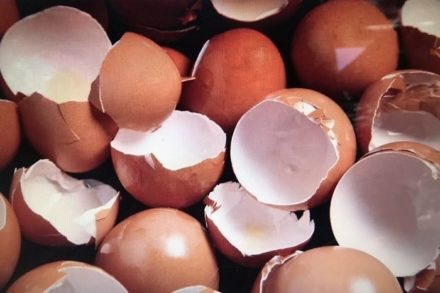


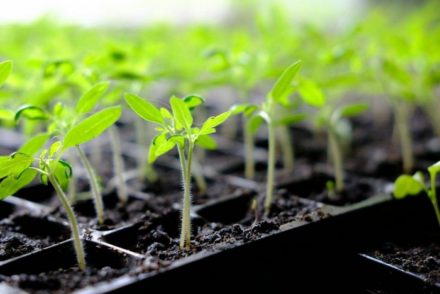
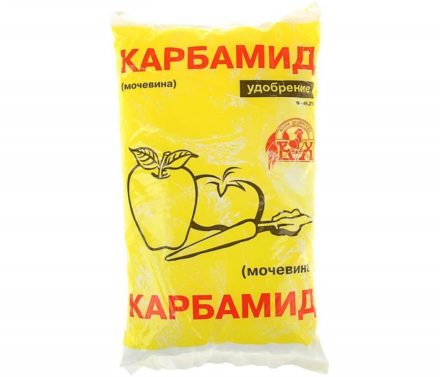

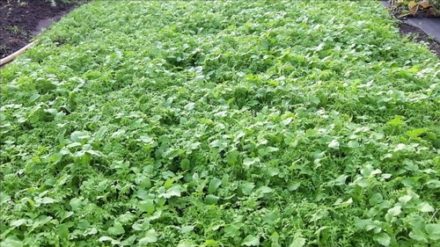

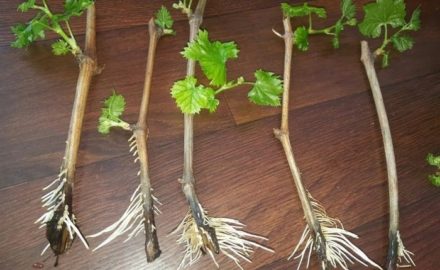
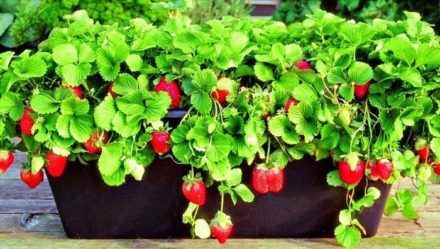
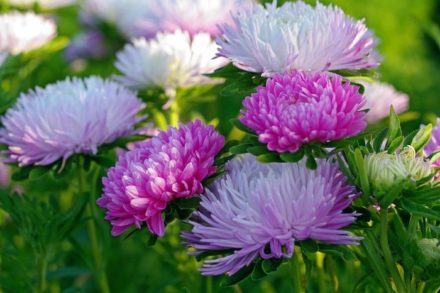
and what is the chalk made from? Or rather, from whom? For a plot of land 1mx1m you need 1 cup of fluff lime. Question for schoolchildren - how many eggshells are needed to prepare 1 cup of powdered eggs? second - you need to deoxidize a plot of 4 acres - question - how many eggshells will be used for 4 acres. will a family of ten people be able to consume the required number of eggs during the autumn-winter season? author, don’t make up nonsense. your method only works on indoor plants, but for a summer house or garden, don’t make my ears laugh. But as a proper disposal the solution is definitely useful. So position it like this. In the fall I bought fluffy lime - 15 kg - 160 rubles, chicken eggs here reach 70 rubles for a dozen. and?????????
Author, and you yourself believe in what you wrote. Try dissolving the shell powder in water.
For drainage, I agree.
Some people here use husks when planting cabbage, adding them to the holes as protection against the cutworm. Whether this helps or not I don't know.
The shells can only be collected by Vorn on the site.
Eggshells do not dissolve and are not digestible. Drainage only. And then sand is healthier
Egg shells are used not as a fertilizer! But as a means of regulating soil acidity, i.e. ph! When using shells, ph can practically not be controlled! The same goes for wood ash!
It needs to be crushed like the birds are pecking in the picture.